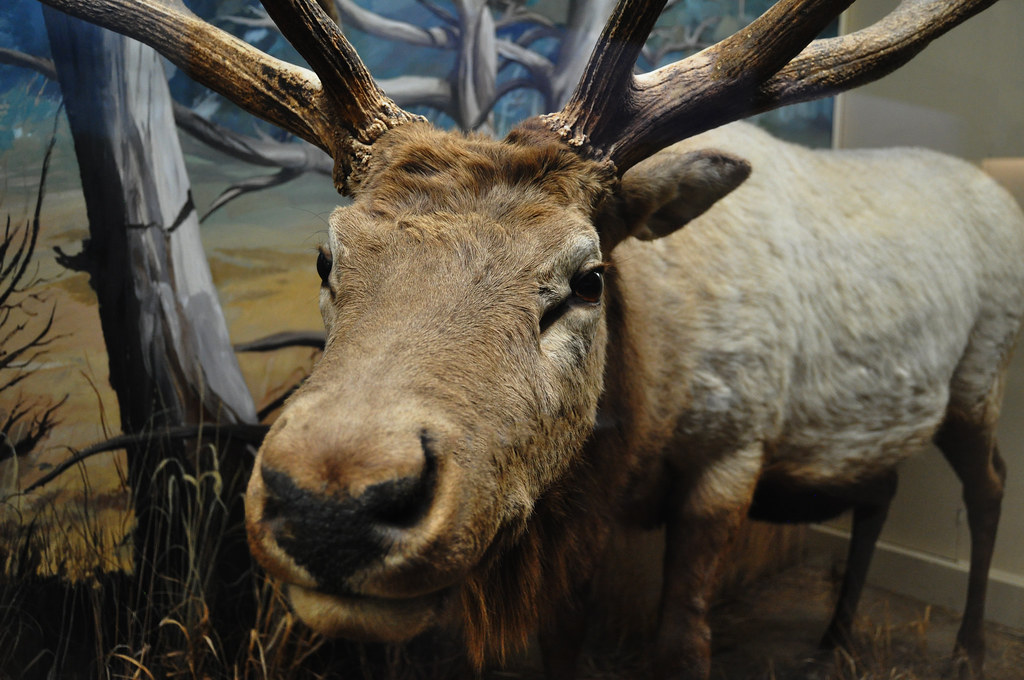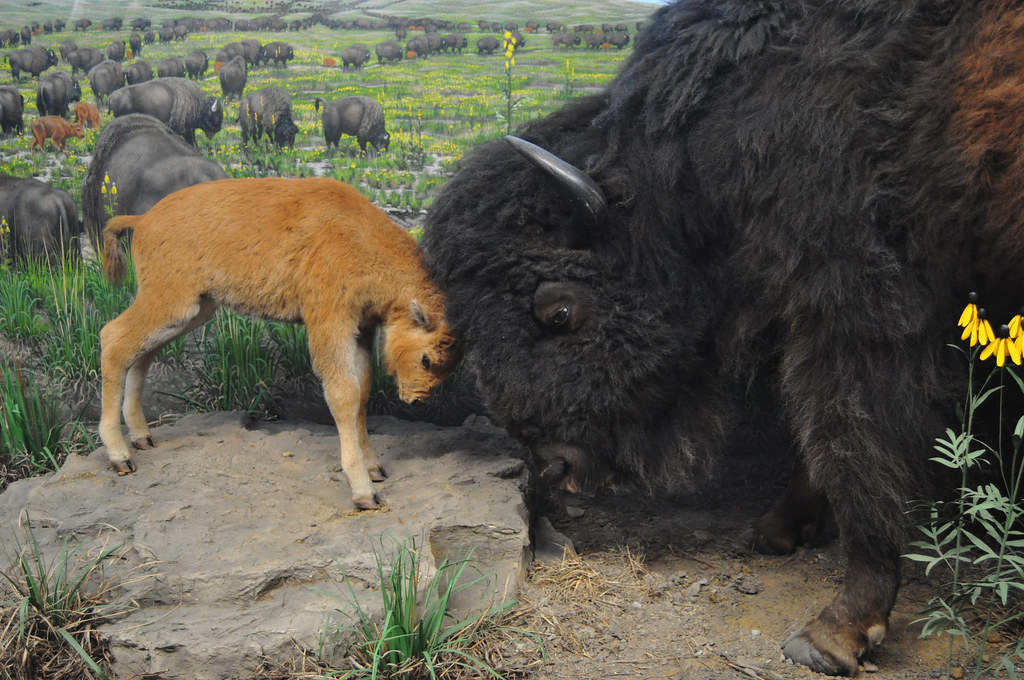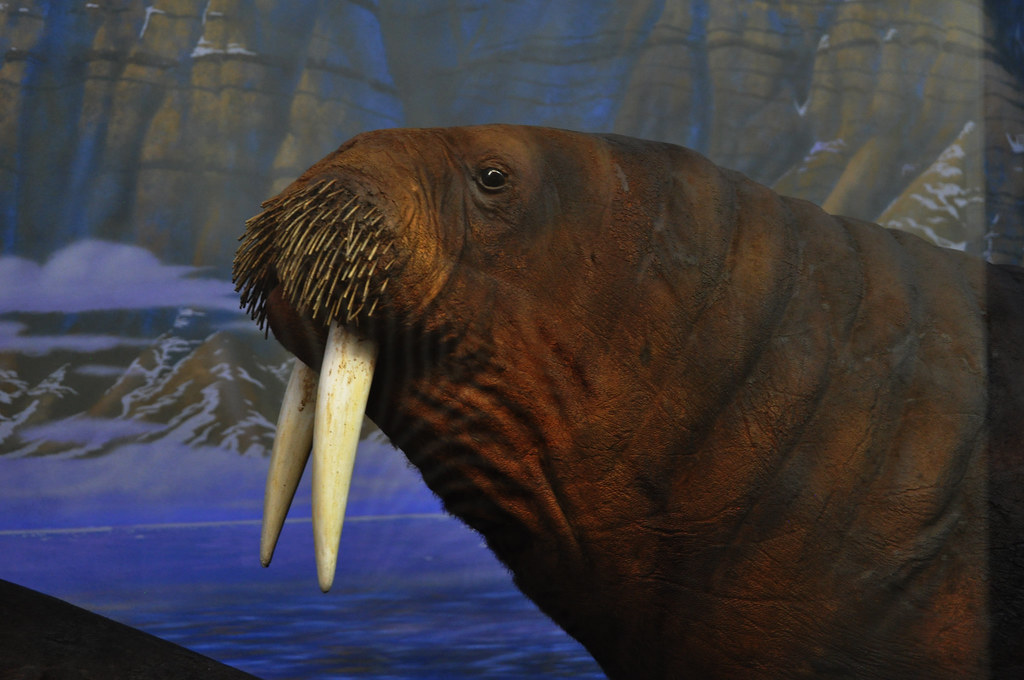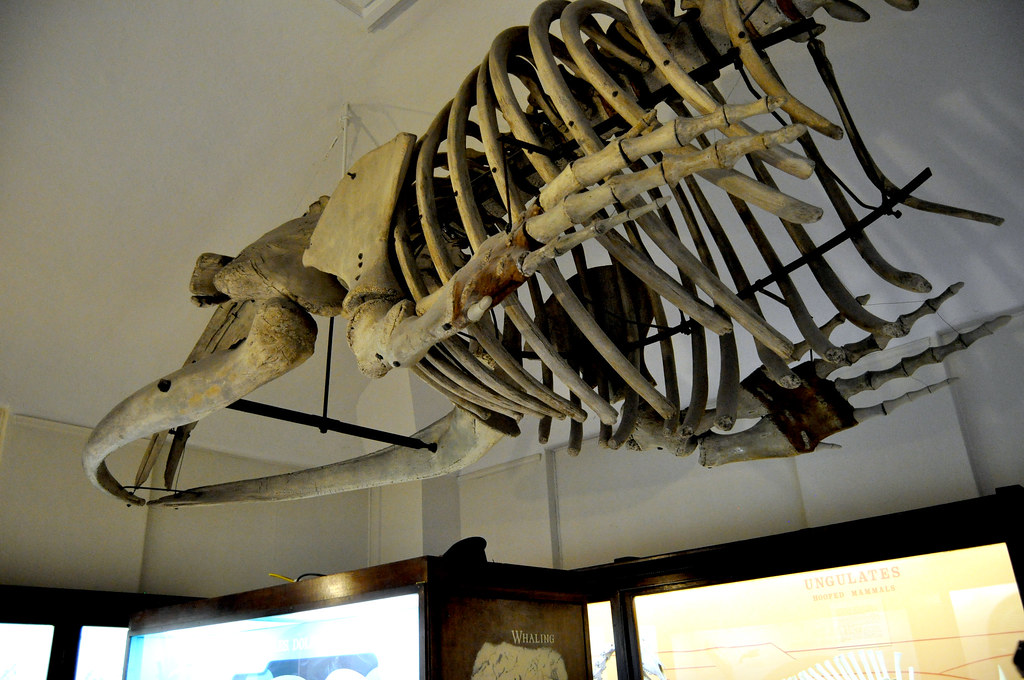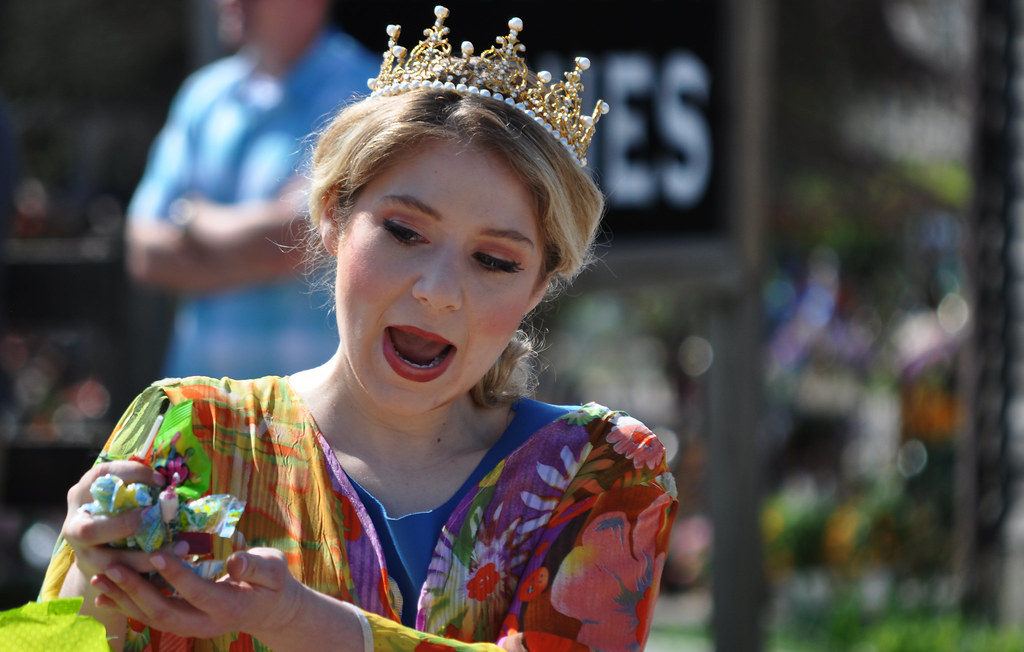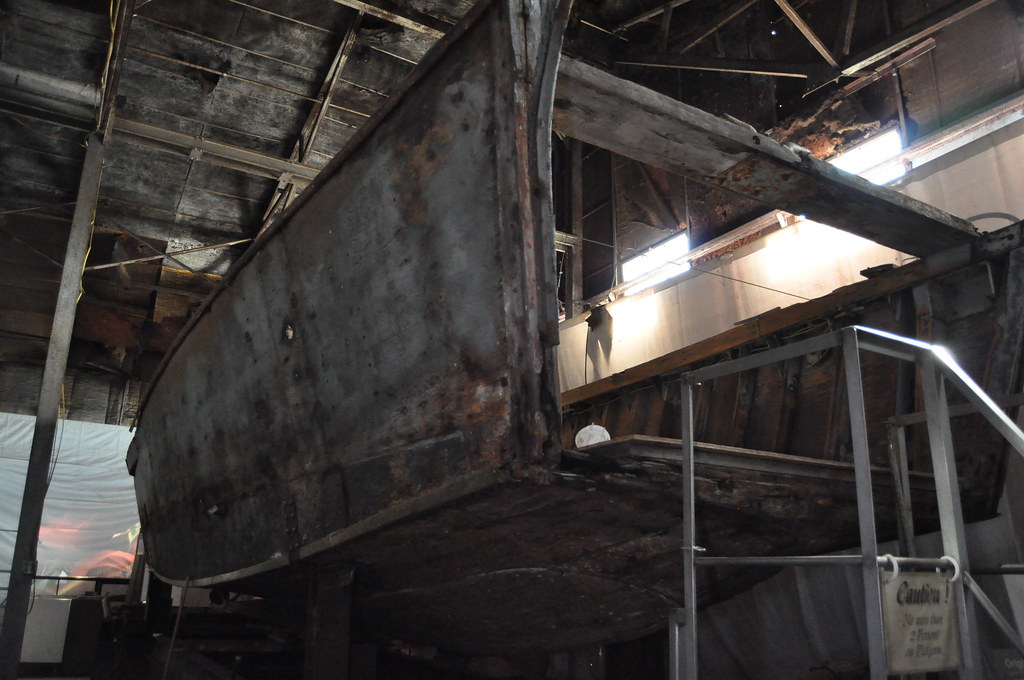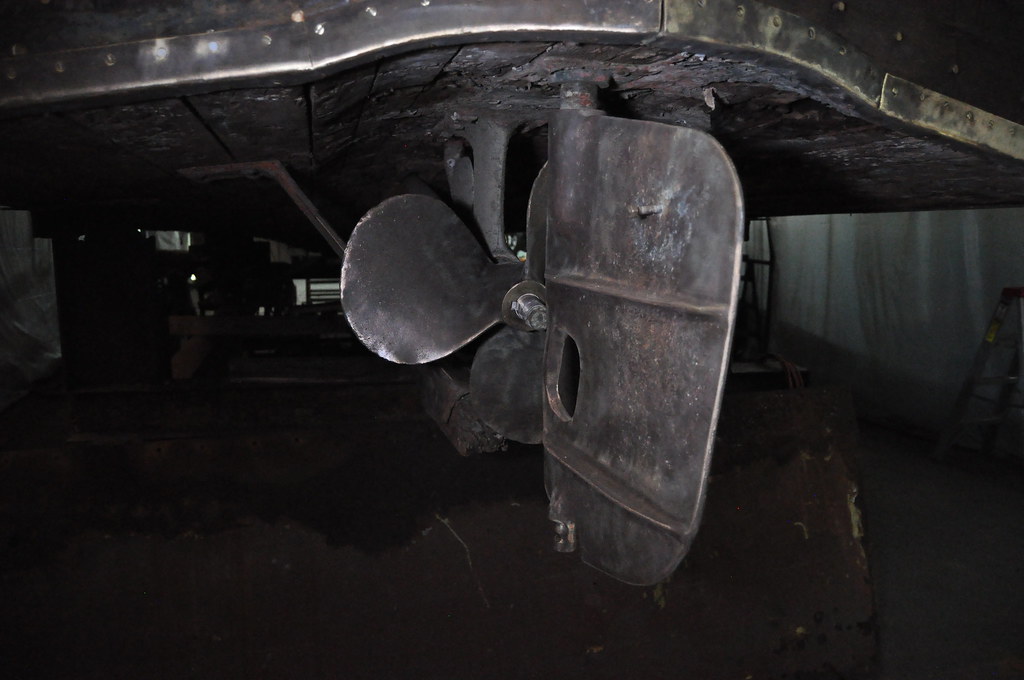Saturday, June 30, 2018
A Day at the Museum of Natural History - Macbride Hall
Hidden in plain site on the University of Iowa's main campus is the Museum of Natural History at Macbride Hall located on the pentacrest. The museum occupies sections of three floors. On the third floor's Mammal Hall is home to a collection of large and small mammals from all over the world.
Some of the larger taxidermized animals where prepared over a hundred years ago. If you look closely you can see cracks in the skin from years of heat and light exposure.
As a active museum students often participate in cleaning and modernizing the displays. Several of the background murals have been retouched or repainted over the years to give the display a fresh look.
Throughout the year and especially in the summer, school age students visit the Mammal Hall, Bird Hall and the Natural History portion of the museum. Text near the displays explain how the natural scenes came together in the early 1900s.
Some of the mammal displays are quite realistic and capture the environment of the natural setting like this otter placed in a scene from northern Minnesota. Always a favorite.
At one end of Mammal Hall is a display of ocean mammals and skeletons. Hanging above is a Right Whale skeleton that washed up on a beach over a hundred years ago. Today you can see it from the comfort of landlocked Iowa - some half a continent away from ocean shores. Access to the museum is free and is open most days except holidays and Mondays. If you are in Iowa City come check it out.
Labels:
display,
iowa,
Iowa City,
MacBride Hall,
mammals,
Museum,
natural history,
UI
Wednesday, June 20, 2018
Wednesday, June 6, 2018
D-Day Type Higgins Boat Under Restoration at Indiana Military Museum
For years I have contemplated traveling to Normandy, France to see firsthand the beaches where Allied forces came ashore on D-Day 1944. While that goal persists, I recently came in contact with an icon of that pivotal day.
This much reproduced photograph (now in public domain) by Robert F Sargent, shows US troops debarking from their landing craft at Normandy's Omaha beach on D-Day. The modern film, Saving Private Ryan opens with this same scene re-imagined for the movie.
The vessel type, known as Higgins Boats by their manufacturer, was designated the Landing Craft, Vehicles and Personnel or LCVP, and was operated by the US Navy. Reports of up to 839 Higgins boats were used to carry US troops and materiel during support of D-Day, June 6th.
Higgins Boats were made of wood and designed to operate in shallow water. LCVPs were powered by 225-250 hp engines, operated by a crew of three, and carried up to 36 soldiers or was reconfigured to haul jeeps and supplies. Higgins Boats were protected with two 30 caliber machine guns.
I thought (incorrectly) that LCVPs used at Normandy were constructed of 100% steel for protection of its contents. Not so. Not even close. See for yourself.
My schooling occurred far from 1944 Normandy in land-locked Vincennes, Indiana at the home of the Indiana Military Museum last fall. There, in the museum's expansive warehouse is a rare specimen of a surviving Higgins Boat - one of 12 reportedly left in the world.
This Higgins Boat was purchased or donated to the museum from a source in Florida during 2012. I believe the craft was last actively used as a fishing boat. The museum is seeking to restore the Higgins Boat for public display - donations are accepted.
Here are a selection of photos of AG 9-2 in her original Navy colors. Inspect the draft, beam, and propeller section of this incredible and historic boat.
There is no mention at the museum as to the history of this particular Higgins Boat during the war. More research is needed. Regardless of its use, either in the Atlantic or Pacific theaters of war, Higgins Boats are forever tied to the D-Day landing at Normandy beaches 74 years ago today.
This much reproduced photograph (now in public domain) by Robert F Sargent, shows US troops debarking from their landing craft at Normandy's Omaha beach on D-Day. The modern film, Saving Private Ryan opens with this same scene re-imagined for the movie.
The vessel type, known as Higgins Boats by their manufacturer, was designated the Landing Craft, Vehicles and Personnel or LCVP, and was operated by the US Navy. Reports of up to 839 Higgins boats were used to carry US troops and materiel during support of D-Day, June 6th.
Higgins Boats were made of wood and designed to operate in shallow water. LCVPs were powered by 225-250 hp engines, operated by a crew of three, and carried up to 36 soldiers or was reconfigured to haul jeeps and supplies. Higgins Boats were protected with two 30 caliber machine guns.
I thought (incorrectly) that LCVPs used at Normandy were constructed of 100% steel for protection of its contents. Not so. Not even close. See for yourself.
My schooling occurred far from 1944 Normandy in land-locked Vincennes, Indiana at the home of the Indiana Military Museum last fall. There, in the museum's expansive warehouse is a rare specimen of a surviving Higgins Boat - one of 12 reportedly left in the world.
This Higgins Boat was purchased or donated to the museum from a source in Florida during 2012. I believe the craft was last actively used as a fishing boat. The museum is seeking to restore the Higgins Boat for public display - donations are accepted.
Here are a selection of photos of AG 9-2 in her original Navy colors. Inspect the draft, beam, and propeller section of this incredible and historic boat.
There is no mention at the museum as to the history of this particular Higgins Boat during the war. More research is needed. Regardless of its use, either in the Atlantic or Pacific theaters of war, Higgins Boats are forever tied to the D-Day landing at Normandy beaches 74 years ago today.
Labels:
1944,
Allies,
boat,
D-Day,
France,
Germans,
Germany,
Higgins boat,
invasion,
June 6,
Normandy,
Operation Overload,
Saving Private Ryan,
WWII
Subscribe to:
Posts (Atom)

